New cedar elm blew over in high winds
lucas_tx_gw
12 years ago
Related Stories

GARDENING GUIDESGarden Myths to Debunk as You Dig This Fall and Rest Over Winter
Termites hate wood mulch, don’t amend soil for trees, avoid gravel in planters — and more nuggets of garden wisdom
Full Story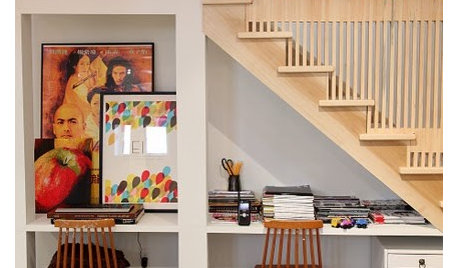
HOUZZ TOURSHouse Tour: Personality and High Style in Toronto
From basement to bedrooms to every room in between, a blogger captures the evolution of a creative and inviting home
Full Story
HOUZZ TOURSHouzz Tour: Unplugging From High Tech in a Texas Farmhouse
This simply styled home gives an Austin family all the warmth of comfort food and all the amenities of modern times
Full Story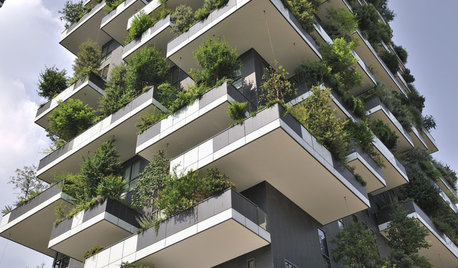
THE ART OF ARCHITECTUREWorld of Design: Trees Bring Nature to a High-Rise in Milan
Discover ‘the most beautiful and innovative skyscraper in the world’ — the foliage-filled Bosco Verticale — and tour one of its apartments
Full Story
HOUZZ TOURSHouzz Tour: Up and Out Around a Heritage Tree
A Texas ranch house gets a modern makeover and a two-story addition that wraps around a protected backyard elm
Full Story
BEFORE AND AFTERSA Made-Over Living Room Preens Like a Peacock
Spirited accessories and his-and-her furnishings feather a family’s nest splendidly
Full Story
ARCHITECTUREHouzz Tour: Sturdy Enough for a Tsunami
Storms don't scare this Washington state home; breakaway features and waterproof finishes let it weather high winds and waves
Full Story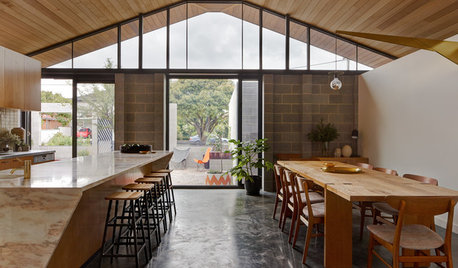
MODERN HOMESHouzz Tour: Relaxed Living in a Modern Courtyard Home
A new Melbourne home is highlighted by a stunning cedar ceiling that soars and dips
Full Story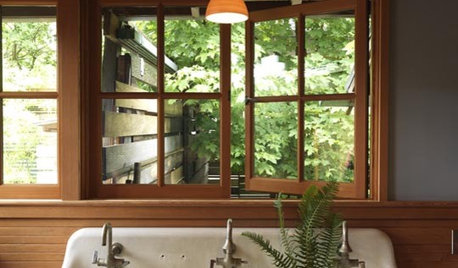
REMODELING GUIDESRenovation Detail: The Casement Window
If heaving open your windows leaves you winded, let the cranks or cam handles of casement windows bring in an easier breeze
Full Story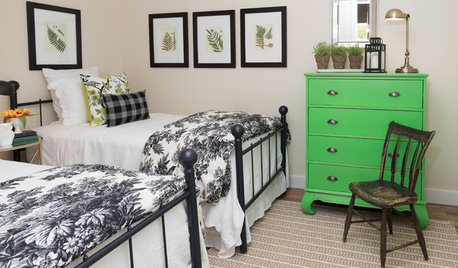
VACATION HOMESHouzz Tour: A New Lake House Gets a Lived-in Look
Antiques mixed with newer pieces give a relaxed Quebec getaway the feeling of being developed over time
Full Story







hortster
arktrees
Related Professionals
Southfield Landscape Architects & Landscape Designers · Brentwood Landscape Contractors · Wakefield Landscape Contractors · Canyon Lake Landscape Contractors · Elkridge Landscape Contractors · Lynn Landscape Contractors · Norwalk Landscape Contractors · Plantation Landscape Contractors · Santa Maria Landscape Contractors · Seminole Landscape Contractors · Palos Hills Landscape Contractors · Conyers Siding & Exteriors · Clermont Decks, Patios & Outdoor Enclosures · Foothill Farms Decks, Patios & Outdoor Enclosures · Pataskala Decks, Patios & Outdoor Enclosuresken_adrian Adrian MI cold Z5
lucas_tx_gwOriginal Author
hortster
hortster
dricha
lou_spicewood_tx
scotjute Z8